Teaching STEM and Common Core with Mentor Texts
Collaborative Lesson Plans, K5
Anastasia Suen
Shirley Duke

2014
Anastasia Suen and Shirley Duke
All rights reserved. No part of this publication may be reproduced, stored in a retrieval system, or transmitted, in any form or by any means, electronic, mechanical, photocopying, recording, or otherwise, except for the inclusion of brief quotations in a review, without prior permission in writing from the publisher.
Suen, Anastasia.
Teaching STEM and common core with mentor texts : collaborative lesson plans, K-5 / Anastasia Suen and Shirley Duke.
pages cm
ISBN 978-1-61069-426-1 (pbk.) ISBN 978-1-61069-597-8 (eBook) 1. ScienceStudy and teachingUnited States. 2. TechnologyStudy and teachingUnited States. 3. EngineeringStudy and teachingUnited States. 4. MathematicsStudy and teachingUnited States. 5. Language arts (Elementary)CurriculaUnited States. 6. Language arts (Elementary)StandardsUnited States. 7. School librarian participation in curriculum planningUnited States. 8. Libraries and teachersUnited States. I. Title.
LB1585.S85 2014
372.35044dc23 2013030161
ISBN: 978-1-61069-426-1
EISBN: 978-1-61069-597-8
18 17 16 15 14 1 2 3 4 5
This book is also available on the World Wide Web as an eBook.
Visit www.abc-clio.com for details.
Libraries Unlimited
An Imprint of ABC-CLIO, LLC
ABC-CLIO, LLC
130 Cremona Drive, P.O. Box 1911
Santa Barbara, California 93116-1911
This book is printed on acid-free paper
Manufactured in the United States of America
All graphic organizers were designed by Aime Suen.
Contents
Acknowledgments
We want to give a special thanks to all of the school librarians who field-tested these lessons, especially Allyson F. Cogan, Ann Schuster, April Reitnauer, Beth Roy, Carol Owen, Carolyn Bailey, Heidi Lose Keairns, Jennifer Koch, Leslie Senn, Leslie E. Sharbel, Linda Ann Wrins-Ryan, Marge Cox, and Theresa Mayer.
ATOS readability levels were determined by Renaissance Learning, Inc., who holds the copyright.
Lexile Levels were determined by Lexile Framework For Reading by MetaMetrics, who holds the copyright.
Use of the Common Core State Standards is permitted by the National Governors Association Center for Best Practices and the Council of Chief State School Officers. Copyright 2010. National Governors Association Center for Best Practices and Council of Chief State School Officers. All rights reserved.
PART I
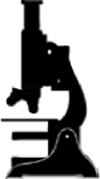 Teaching STEM in Your Library
Teaching STEM in Your LibraryIntroduction
This book was written to bring the Common Core State Standards and science, technology, engineering, and math (STEM) together with books and lessons that can easily be done in the library and then extended into classrooms. It is our hope that these lessons will allow you to develop additional lessons from the books in your library and follow the pattern to continue teaching STEM topics in your library.
The book is divided by STEM subjects, and there are five library lessons for each subject based on a mentor text. Lessons for the collaborating teacher follow the library lessons, although these may also be done in the library. A suggested list of exemplary texts and the Common Core State Standards are included with each lesson.
All lessons begin with information about the mentor text, author, and pertinent reading information. Related subjects and grade levels show the range of grades for which the lesson is most suited and lead to the essential question about what the lesson teaches.
A unit summary provides an overview of what will take place in the lesson, and related vocabulary from the book is listed for use either in pre-teaching, with the collaborating teacher, or for related activities or lessons. After the unit summary, you will find a list of the Common Core State Standards met in this unit. Both English Language Arts and Mathematics standards are listed. An approximate lesson length suggests the amount of time needed to complete the entire lesson, and suggested breaks are included in the lesson itself.
A booktalk is provided to interest the students in the book, and a Book Time section allows for reading all or parts of the book and a general discussion. A titled lesson begins with a list of necessary materials and directions for lesson preparation ahead of time. Each lesson contains a graphic organizer (GO Chart) that can be used with the lesson. The steps of each lesson are listed, and time for reflection is built in. Two choices for assessing the lesson are provided. A second lesson that can be used with a collaborating teacher follows the same pattern and extends the concept learned in the library lesson.
Several extension activities suggest ways to delve deeper into the topic and provide alternate ideas that might be included in the lesson. Modifications for other grades show ways the lesson can be taught to students in the different grades. A list of differentiation strategies addresses extending or reining in the lesson to fit the needs of special populations: students on Individual Education Programs (IEPs), bilingual or English Language Learners, or gifted students. Resources from online and other related books covered by the lesson conclude the section. Because online resources are always changing, you can find a copy of the latest links in our online STEM folders ( asuen.com/stem/ and shirleysmithduke.com/stem/ ).
The lessons were based on the standards for the highest grade level in the grouping. Since the standards are related, you can simplify the lesson slightly to fit a wide range of grades while remaining focused on the standards. The lessons were written to provide guidelines but are easily adaptable, and you can feel free to make them your own.
1
 What is STEM?
What is STEM?While many people can identify the acronym STEM as meaning science, technology, engineering, and mathematics, the meaning of its totality becomes more difficult to pin down. Definitions abound and are frequently set within the context of the group doing the defining. A common definition states:
STEM education is an interdisciplinary approach to learning where rigorous academic concepts are coupled with real-world lessons as students apply science, technology, engineering, and mathematics in contexts that make connections between school, community, work, and the global enterprise enabling the development of STEM literacy and with it the ability to compete in the new economy. (Tsupros, 2009)
Current education frequently puts science and mathematics at the forefront and includes engineering and technology when it fits the curriculum. STEM subjects are often taught in isolation, without reference to the other subjects. This compartmentalized approach brings up more questions about what STEM is. Is it a STEM program if only math or science is being taught? Or must all the subjects be included if it is to be called a STEM curriculum? Many questions remain as educators work to identify what STEM is and how it will fit into their state or national standards.
For now, STEM can be considered a new disciplineone based on integrating the four subjects. By bridging the four previously independent fields, this entity called STEM can then be taught by educators so that students are stimulated to learn how to problem solve, understand concepts, and use their knowledge in innovative ways.



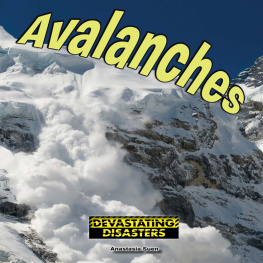

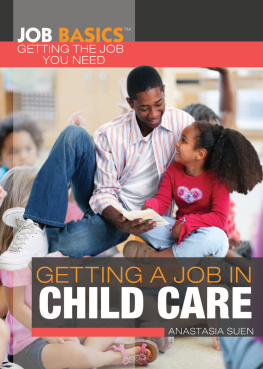
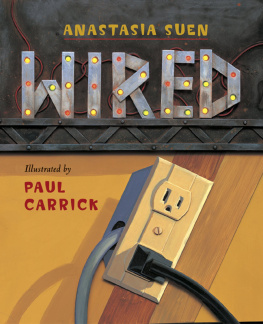
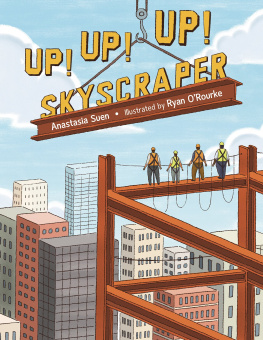
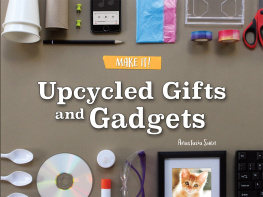

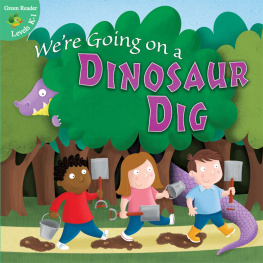
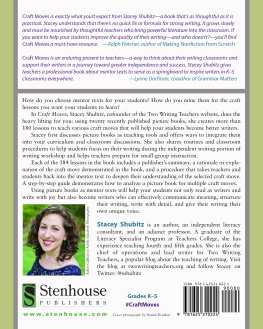
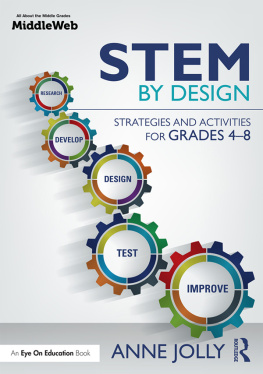
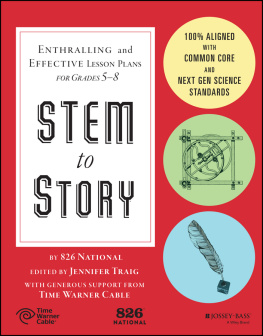

 Teaching STEM in Your Library
Teaching STEM in Your Library